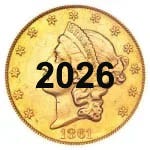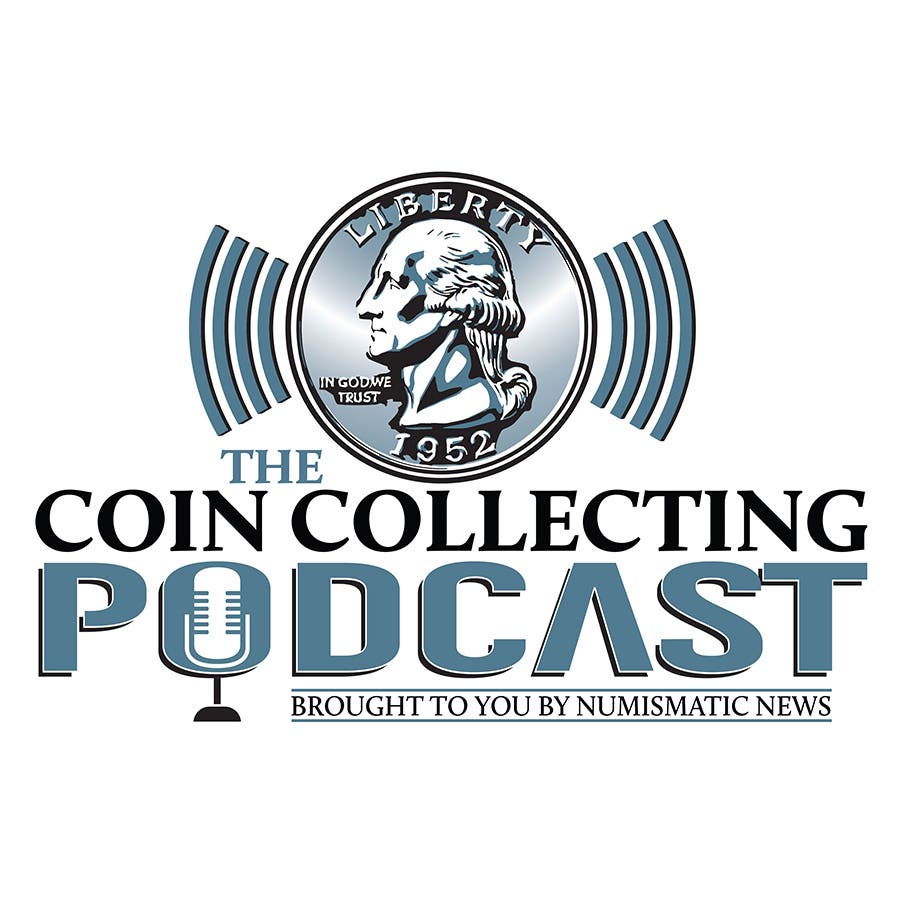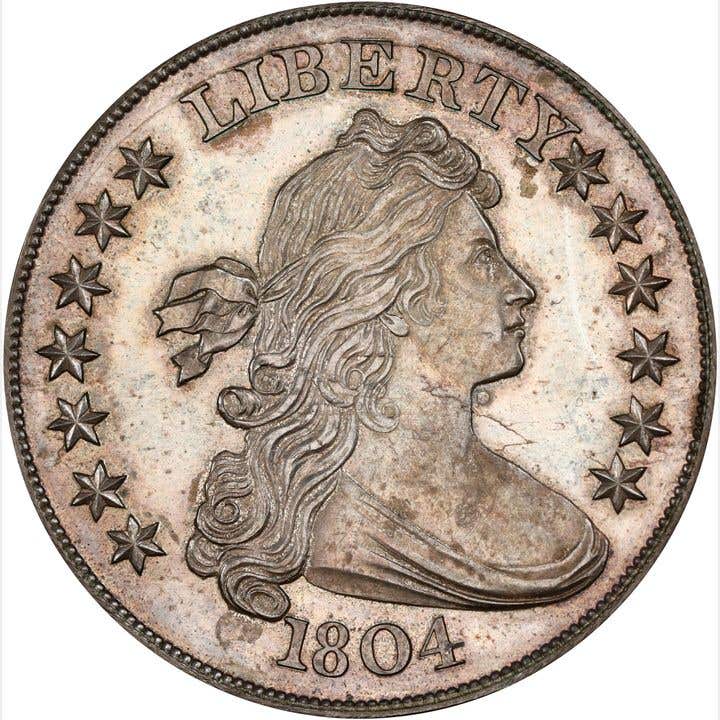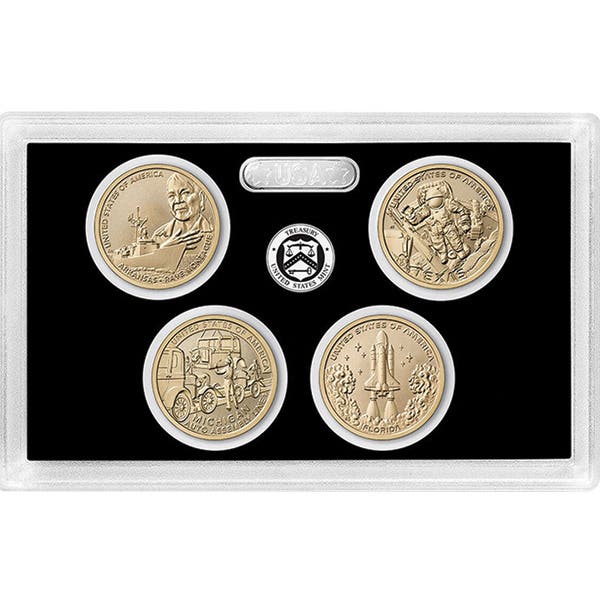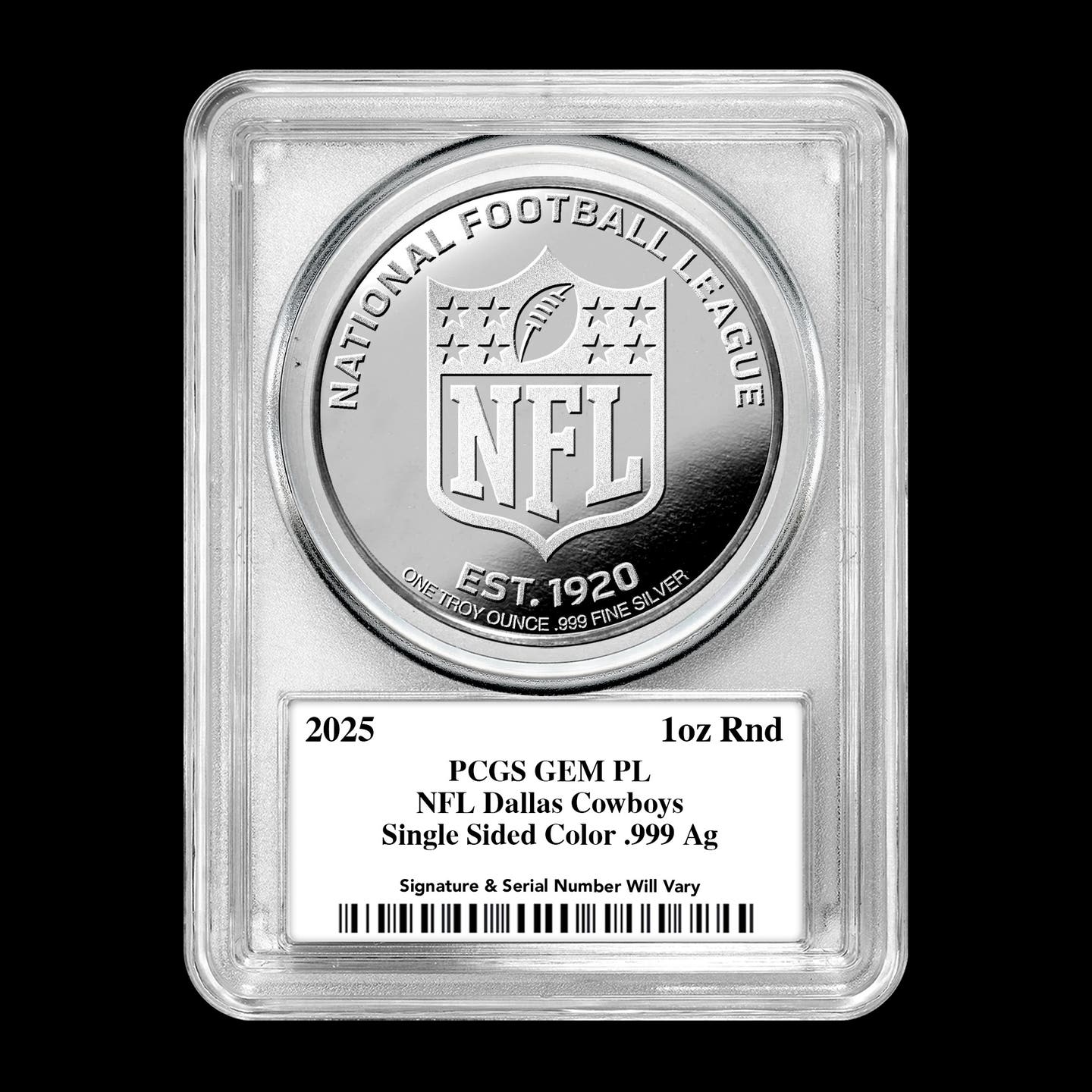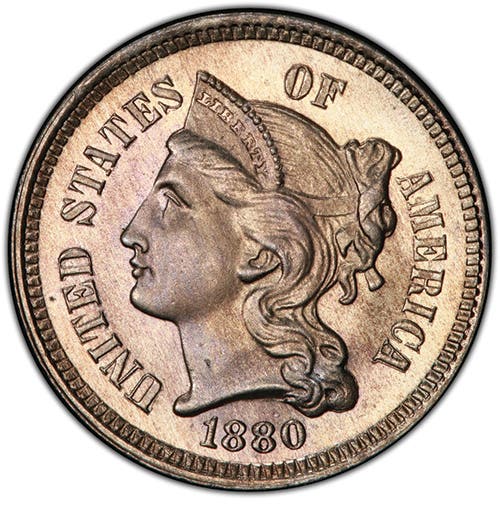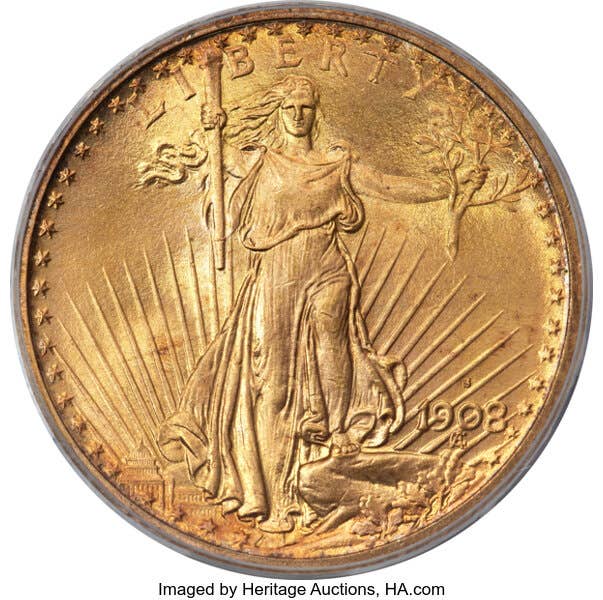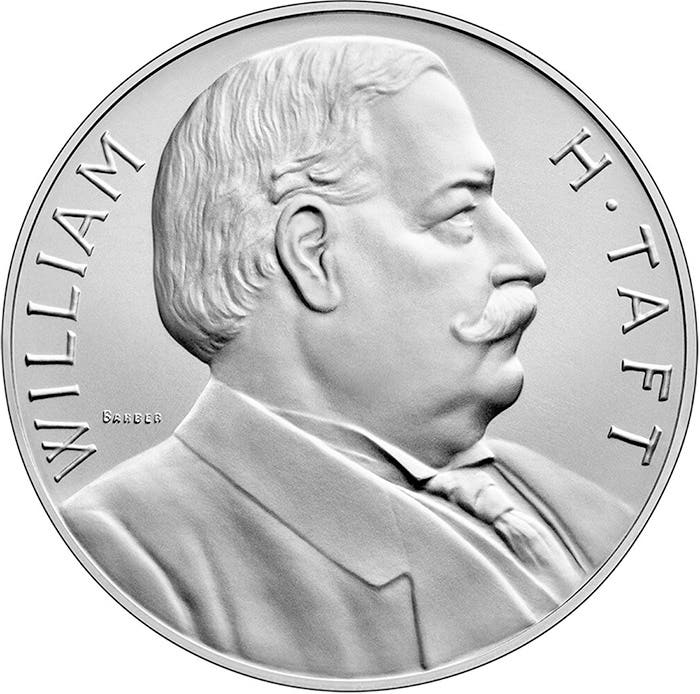1938-S Jefferson Nickel a Hidden Gem
Savings rates are important for coins, and no date is a better example of that than the 1938-S Jefferson nickel. Based on its mintage, it ought to be a very…
Savings rates are important for coins, and no date is a better example of that than the 1938-S Jefferson nickel. Based on its mintage, it ought to be a very good date but historically it has never lived up to its promise – almost certainly because, as the first year of a new design, it was saved.
Going back to the introduction of the Jefferson nickel we find that the first year mintages were fairly low. It was a cause of the new design not being ready for production in the first days of the year, which is why we see a 1938-D Buffalo nickel. By the time the new Jefferson nickel was ready, it would not be possible to have large mintages.
As a result, when you look at the 1938 Jefferson nickel totals, the Philadelphia 1938 is at 19,515,365 and that total sounds much larger than it really is. If you try to find later Philadelphia Jefferson nickels with a lower mintage, and although there are a couple, you will learn very quickly that the 1938 is a much lower mintage than it sounds.
In the case of the 1938-D, the total mintage was 5,376,000, which is low. At the time it probably did not seem that low since the 1939-D would be even lower. But realistically, if there was a mintage today of a Jefferson nickel that was that low, there would be a lot of people interested in rolls and bags. The third of the 1938 Jefferson nickels was the 1938-S, and it was the lowest mintage of the year at 4,105,000 pieces. Once again, that is a very low total but one that does not seem to get much attention today. It’s ironic since this was a mintage of just over 4.1 million, and these coins were not in safe proof or mint sets. Instead, these coins were dumped into circulation and used by little kids to buy ice cream. It was not a case where the entire mintage was saved at the time or even any fraction of the mintage.
For some years, the 1938-S Jefferson nickel received a certain amount of respect from collectors. Back in the 1950s, many kids collecting from circulation saw the official mintage of the 1938-S and realized it was a pretty good date. In fact, the numbers in circulation suggested the same thing, as the 1938-S was tougher than most other Jefferson nickel dates with the exception of the 1950-D and the lower-mintage 1939-D.
The years since the 1950s, however, have not been that kind to the 1938-S. The mintage has not changed at all since 1938 or the 1950s, but no one has been particularly impressed as the 1938-S has a reputation as an available date, at least in top grades. True, the 1938-S is priced at $2.50 in VF-20 and that’s higher than most other dates, but at a price of $12 in MS-65 the 1938-S is not exactly causing many to lose sleep over whether they can really afford a top-grade example while still sending their children to college.
Even if you want a 1938-S in MS-65 with Full Steps, you are not facing a particularly serious financial challenge. In MS-65 with Full Steps, the 1938-S lists for $165. This is higher than other dates of the first two years but is not all that high for the grade. There are any number of other dates at higher prices and, in some cases, much higher prices.
Historically speaking, the current situation is very typical of the past few decades for the 1938-S. If you check the price of uncirculated rolls of the 1938-S, it is $280 and therein may lie the story of the future. Moreover, it is not that easy to even find an uncirculated roll of the 1938-S for sale, making the 1938-S Jefferson nickel a truly tough coin indeed.


